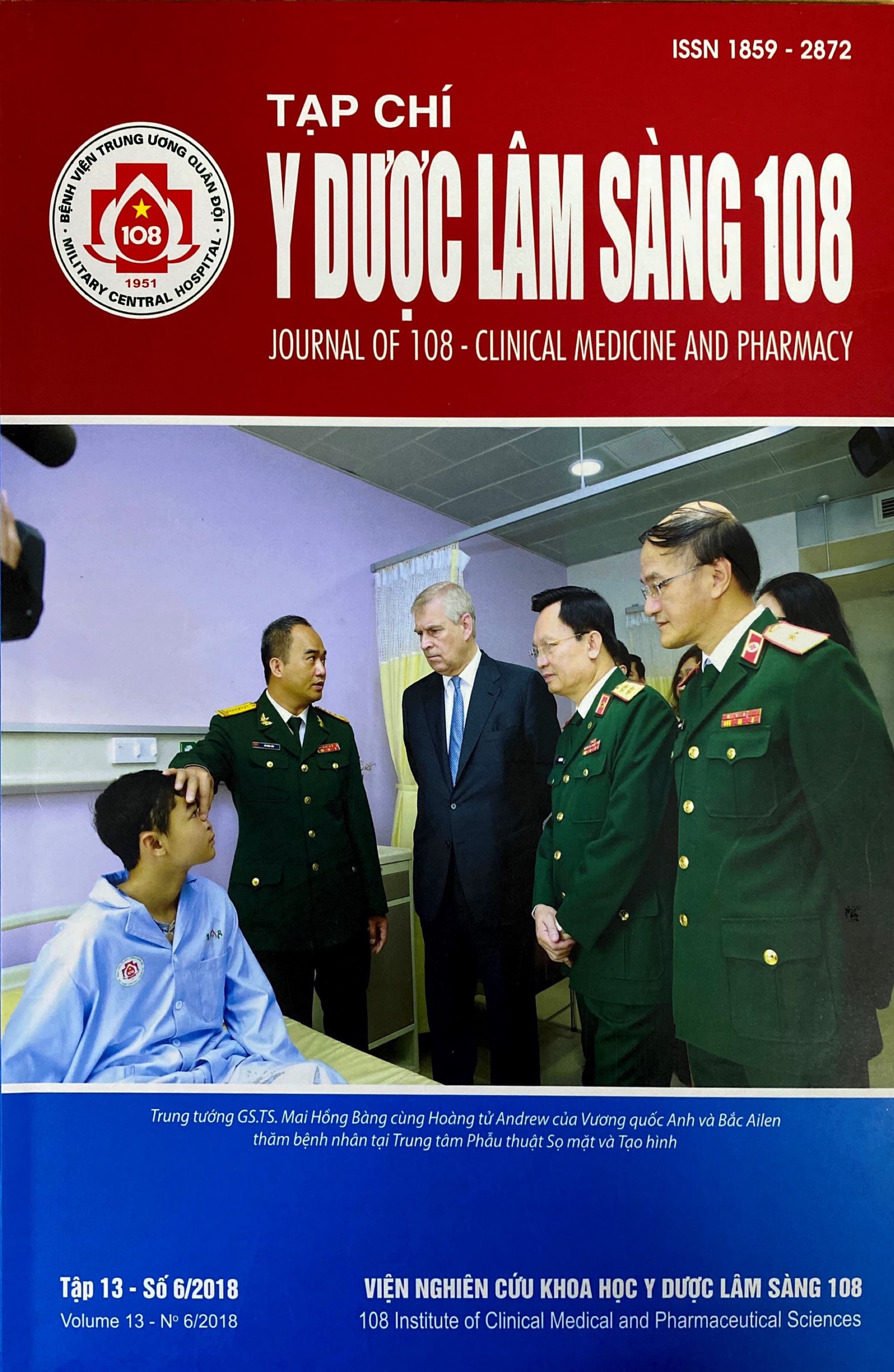The disorders of physical system and organ functions in potential cadaveric donor
Main Article Content
Keywords
Abstract
Objective: Evaluating the change in hemodynamic and respiratory, circulatory status of potential brain dead donors. Subject and method: 47 patients (18 - 64 years), diagnosed according to the criteria of brain death positive 1st time, were measured hemodynamic parameters PiCCO (transpulmonary thermodilution) aims to evaluate the change in hemodynamic and respiratory, circulatory status of potential brain dead organ donor. Record hemodynamic parameters through PiCCO, respiratory function, SOFA score. Result and conclusion: Brain death causing severe physiological changes leading to organ dysfunction. Consequences are hemodynamic disorders (hypotension), respiratory disorders (reduced lung exchange and increased extra lung water), liver dysfunction (increased glucose, coagulation) and renal dysfunction (diabetes mellitus), hypothermia, hypernatremia.
Article Details
References
2. Nguyễn Hữu Tú (2013) Đánh giá độ tin cậy của phương pháp Triss sửa đổi trong tiên lượng hậu quả chấn thương. Tạp chí nghiên cứu Y học, Trường Đại học Y Hà Nội, tr. 52-59.
3. Quốc hội nước CHXHCN Việt Nam (2007) Luật hiến, cấy, ghép mô, bộ phận cơ thể người và hiến, lấy xác. Quốc hội khóa XI, kỳ họp 10 số 75/2006/QH11 ngày 29/11/2006.
4. Bugge JF (2009) Brain death and its implications for management of the potential organ donor. Acta Anaesthesiol Scand 53: 1239-1250.
5. Cywinski B, Mascha E, Miller C et al (2008) Association between donor‐recipient serum sodium differences and orthotopic liver transplant graft function. Liver Transplantation 14(1): 59-65.
6. Floerchinger R, Tullius SG (2012) Effects of brain death on organ quality and transplant outcome. Transplantation Reviews 26: 54-59.
7. Kumar Lakshmi (2016) Brain death and care of the organ donor. J Anaesthesiol Clin Pharmacol (Jun): 146-152.
8. Salim et al (2006) The effect of a protocol of aggressive donor management: Implications for the national organ donor shortage. Journal of Trauma and Acute Care Surgery 61(2): 429-435.
9. Venkateswaran et al (2010) Echocardiography in the potential heart donor. Transplantation 89(7): 894-901.
10. Youn S, Greer M (2014) Brain death and management of a potential organ donor in the intensive care unit. Crit Care Clin 30(4): 813-831.
 ISSN: 1859 - 2872
ISSN: 1859 - 2872
